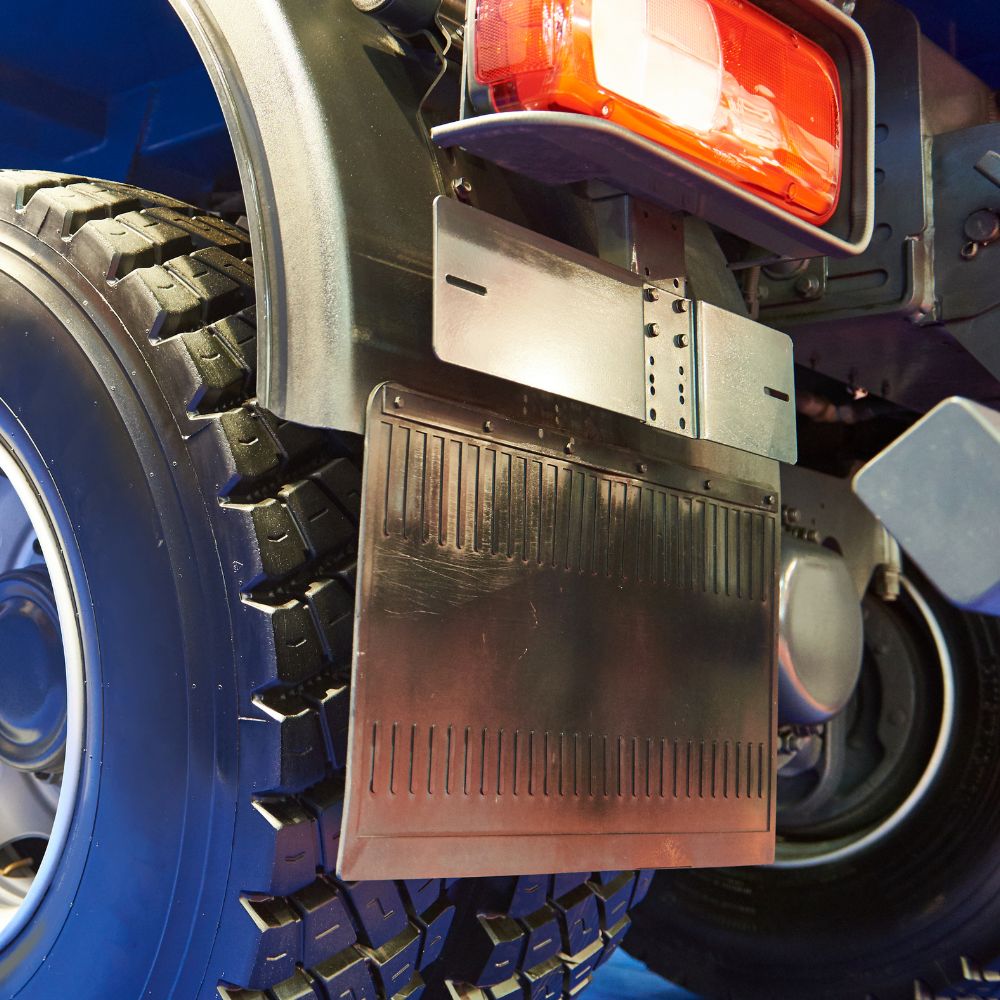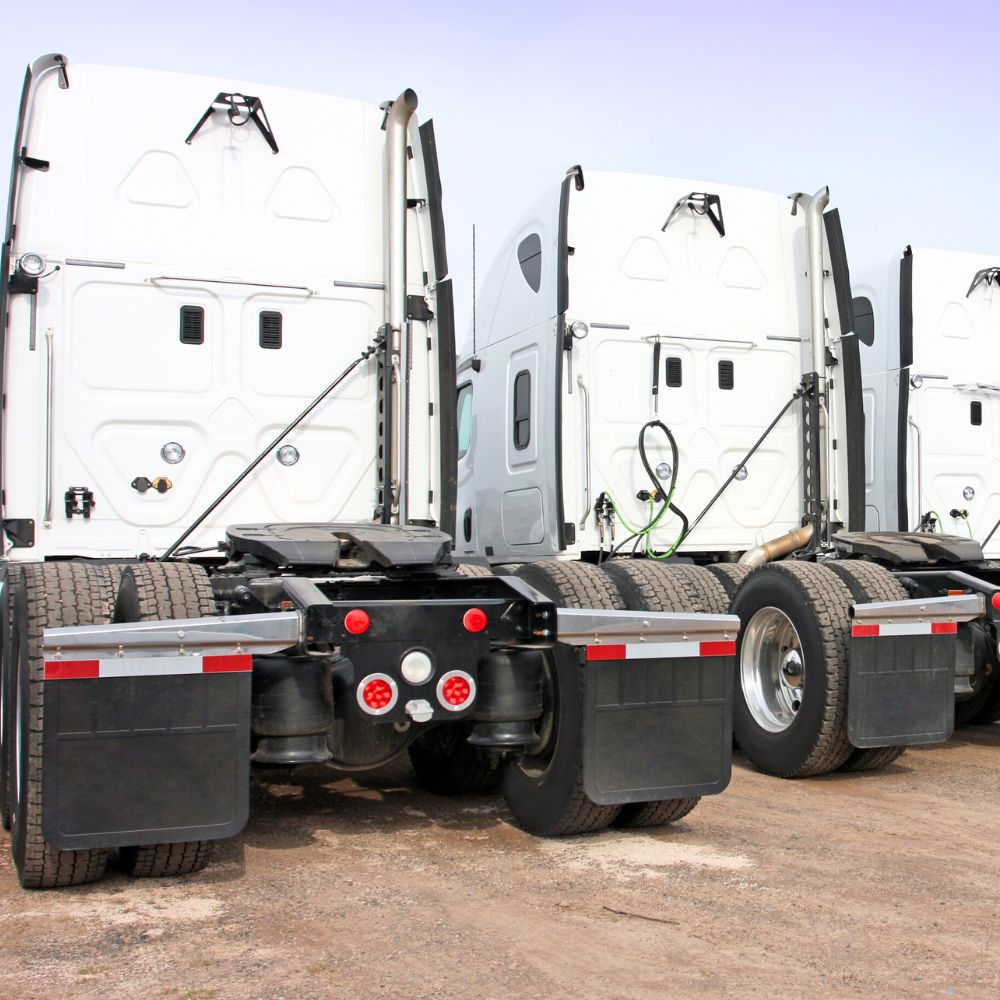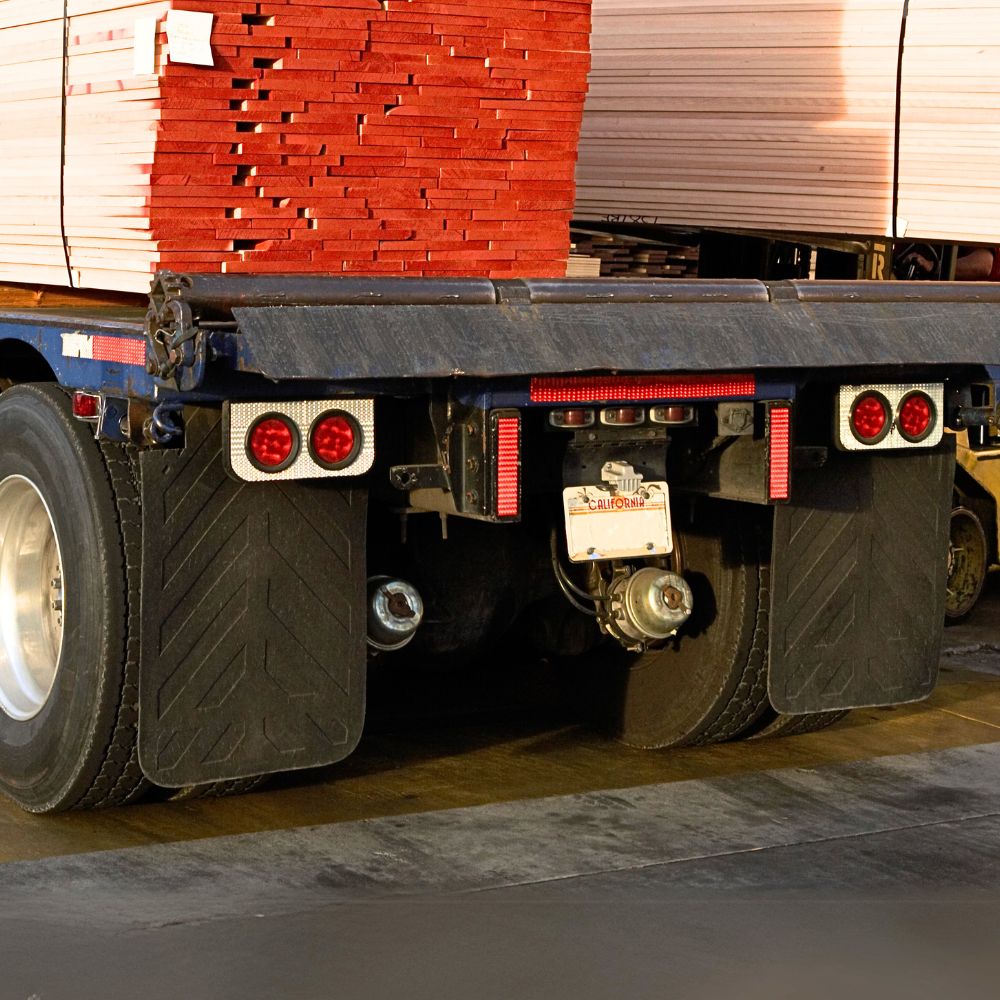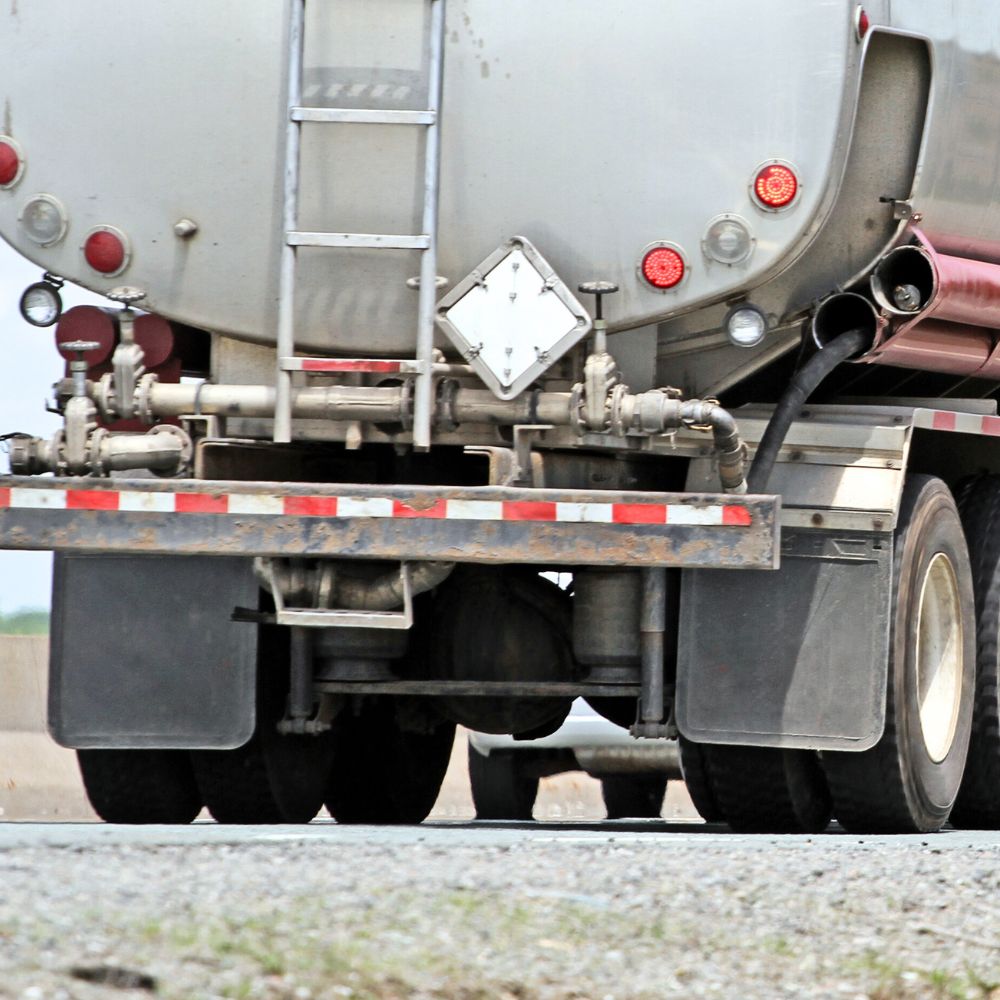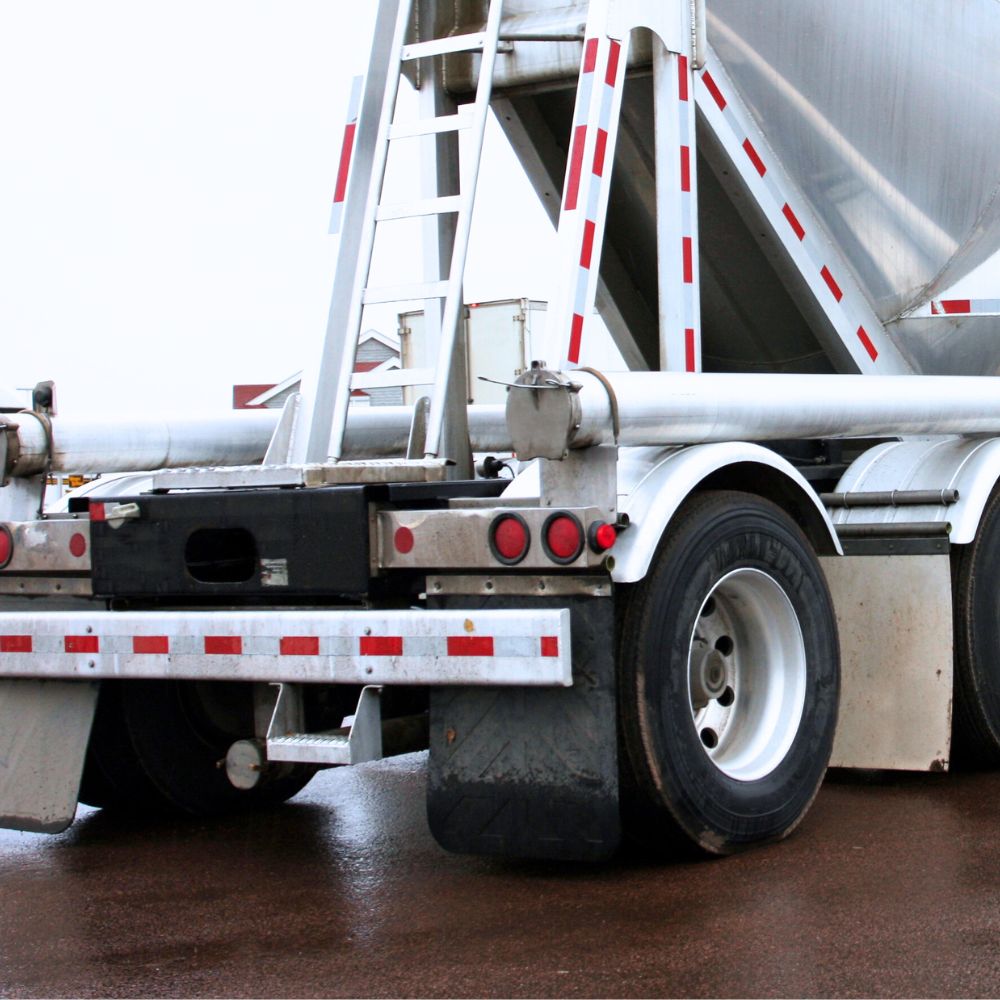What Are You Looking For?
While modern trucks are equipped with advanced technologies to handle various weather conditions, one essential yet often overlooked component for winter driving is the mudguard, also known as a fender or splash guard.
Mudguards are typically installed behind the wheels of trucks to prevent debris, water, and mud from being thrown up onto the truck's body, other vehicles, and the road. In winter, their role becomes even more critical. Below, we will explore the key reasons why mudguards are not just beneficial but necessary for trucks during the winter months.
Winter weather is notorious for creating conditions where snow and ice accumulate on the roads. Trucks, with their large tires and heavy frames, often kick up massive amounts of snow, slush, and ice. Without mudguards, this debris can get lodged in the wheel wells, on the truck's undercarriage, or even in the brakes. This build-up of ice and snow can severely impact the truck’s performance, causing:
Mudguards help reduce the amount of snow and ice being kicked up, preventing such build-ups and ensuring the truck operates efficiently.
One of the most dangerous aspects of winter driving is the reduced visibility caused by the constant barrage of road slush, snow, and salt. Trucks, especially large ones, have the potential to throw up large volumes of these materials, which can obstruct the view of other drivers. A truck without mudguards could spray snow, water, and dirt onto other vehicles, especially those behind it, significantly impairing their visibility.
Mudguards act as a barrier that helps contain the debris and prevents it from being thrown onto other vehicles, thereby reducing the risk of accidents. Additionally, they help keep the truck itself cleaner, which improves the driver’s ability to see through the windshield and mirrors, further enhancing safety on the road.
The freezing temperatures in winter cause road conditions to deteriorate faster, leading to the formation of potholes and cracks. When trucks throw up debris and salt onto the road, it accelerates the corrosion of the asphalt, contributing to the overall degradation of the road surface. Mudguards play an important role in minimizing the amount of salt, dirt, and other debris that hits the road, helping to reduce road damage and maintain the quality of the road surface.
In winter, trucks are exposed to a variety of harmful elements, including road salt, moisture, and grime. This constant exposure can cause corrosion, rust, and paint damage over time. Mudguards help protect the truck’s body and undercarriage from direct contact with these elements by blocking much of the debris before it can reach the truck's surface. This not only preserves the truck’s aesthetic appeal but also contributes to a longer lifespan for the vehicle by reducing rust and wear.
In many countries, particularly those with harsh winter climates, there are strict regulations governing vehicle safety, especially in regard to the protection of other road users from flying debris. Mudguards are often a mandatory requirement for trucks and other commercial vehicles. In some regions, trucks without mudguards can be fined or fail safety inspections, making the installation of mudguards not just a matter of practicality but also a legal necessity.
For drivers, driving a truck in winter can already be a challenge, with poor road conditions and unpredictable weather. A truck that is not equipped with mudguards can create an uncomfortable and unsafe environment by throwing slush, salt, and dirt onto the windshield, windows, and even the driver’s seat. Mudguards help mitigate this issue by preventing debris from splashing onto the vehicle, allowing for a more comfortable and safer driving experience.
